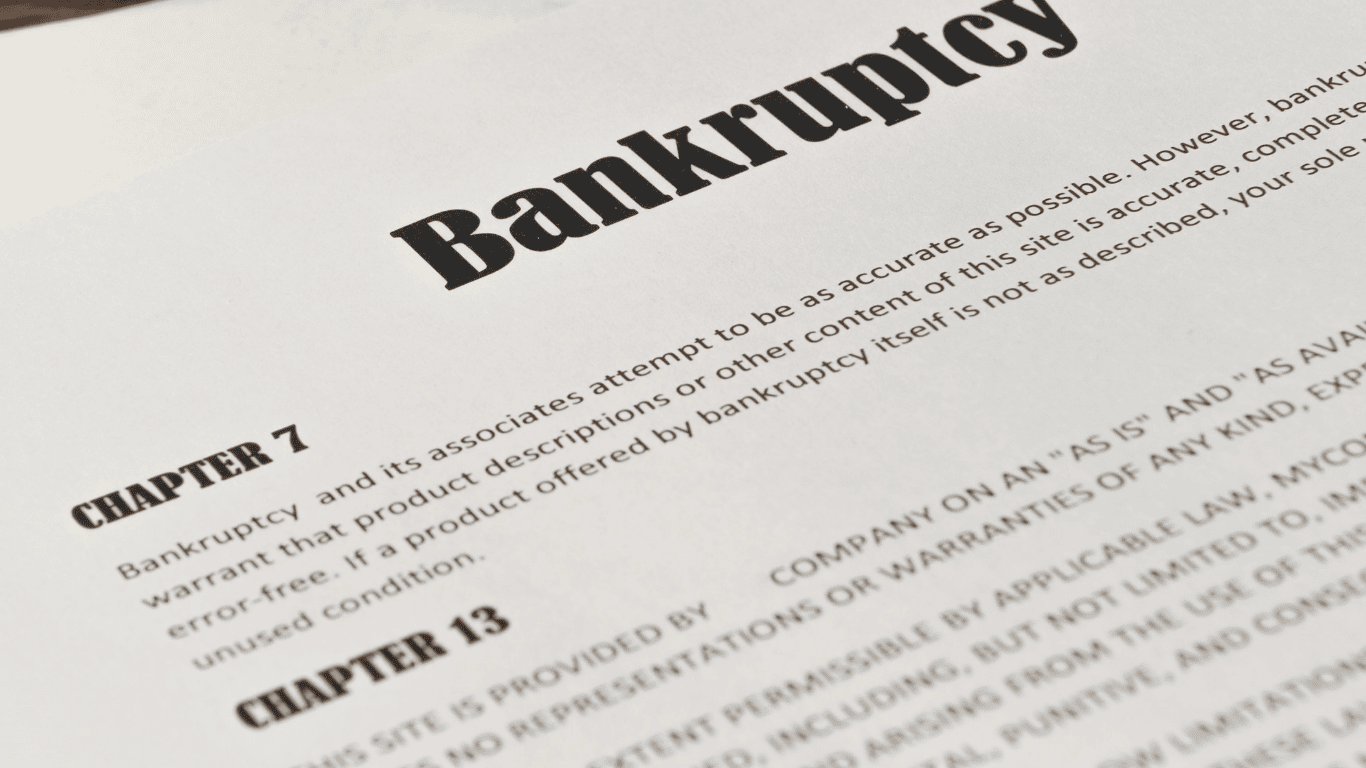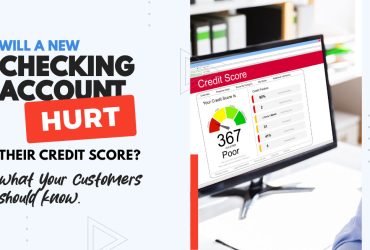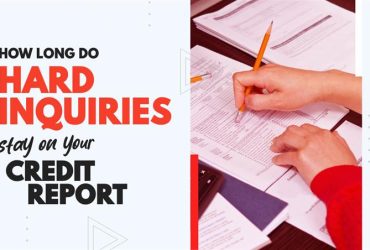Chapter 7 and Chapter 13 Bankruptcy: Impact on FICO Scores
by Almas Tariq
March 7, 2019
04:37 PM

Bankruptcy is a legal process designed to help business entities individuals who are struggling with overwhelming debt. Both business entities and individuals can file for bankruptcy under federal law. Bankruptcy is governed by federal law and involves either bankruptcy liquidation reorganization, depending on the chapter. For those unable to keep up with monthly payments on unsecured debts like credit card balances, medical bills, or personal loans, bankruptcy can offer a path to financial relief. Consumer debt, such as credit cards and personal loans, is a common reason for filing bankruptcy. The two most common types for individuals are Chapter 7 and Chapter 13 bankruptcy. Sole proprietors and low income debtors may find Chapter 7 particularly suitable due to eligibility restrictions based on disposable income.
Chapter 7 bankruptcy, often called “liquidation bankruptcy,” involves a bankruptcy trustee who is appointed to sell nonexempt property. The proceeds from these sales are used to pay creditors, and the process involves paying creditors debtors according to the bankruptcy code, allowing debtors to discharge most unsecured debts and get a fresh start. General unsecured debts, such as credit card balances and medical bills, are typically discharged, while certain debts like tax debt may not be. In contrast, Chapter 13 bankruptcy is known as a “reorganization bankruptcy.” Instead of selling assets, debtors work with the bankruptcy trustee to create a debt repayment plan, typically lasting three to five years, to pay creditors using their disposable income. Eligibility restrictions, such as the means test, determine who can file for Chapter 7 based on disposable income. This approach is often better suited for those with a steady income. Regular income is required for Chapter 13 eligibility, and a debt repayment plan is created to pay secured creditors and unsecured creditors through monthly plan payments. This approach is often better suited for those who want to keep their home or other secured property. Chapter 13 allows debtors to catch up on missed mortgage payments and car payments through a structured repayment plan.
Understanding the differences between Chapter 7 and Chapter 13 is essential for anyone considering bankruptcy, as each chapter offers unique benefits and eligibility requirements. Attorney fees, legal fees, and court fees are part of the costs of filing bankruptcy, and credit counseling is a required step before filing.
Understanding Chapter 7 Bankruptcy
Chapter 7 bankruptcy, often referred to as “liquidation bankruptcy,” is designed to help individuals facing overwhelming debt by providing a way to discharge most unsecured debts. In this process, a bankruptcy trustee is appointed to oversee the case and manage the sale of nonexempt property—assets that are not protected under bankruptcy exemption laws. The proceeds from selling these nonexempt assets are used to repay creditors, with priority given to obligations like tax debts and child support.
Most personal property that is considered essential, such as basic household items and retirement accounts, is typically classified as exempt and protected from liquidation. However, nonexempt assets—such as valuable collectibles, secondary vehicles, or investment properties—may be sold by the bankruptcy trustee to maximize repayment to creditors. Once the trustee has distributed the proceeds to repay creditors according to the bankruptcy code, the court will discharge most remaining unsecured debts, giving the debtor a fresh financial start.
Chapter 7 bankruptcy is often the best option for individuals with limited income and few nonexempt assets, as it offers a relatively quick resolution to financial distress. While it can mean the loss of certain nonexempt property, it also provides significant relief from the burden of unsecured debts. It’s important to note, however, that not all debts can be discharged—certain tax debts, alimony, and student loans may remain after the process is complete. For those struggling to keep up with monthly payments and seeking a way to reset their finances, Chapter 7 bankruptcy can be a powerful tool for regaining control and moving forward.
The Bankruptcy Filing Process
Filing bankruptcy is a structured process that begins with determining which chapter—Chapter 7 or Chapter 13 bankruptcy—best fits your financial situation. The first step is to assess eligibility. For Chapter 7, you must pass a means test, which evaluates your household income and disposable income to ensure you truly cannot repay your debts. If you have a steady income and can afford to make regular payments, Chapter 13 may be the better option, as it allows you to propose a repayment plan to pay creditors over time.
Once you know which chapter applies, you’ll need to gather all relevant financial documents, including records of income, monthly expenses, a list of all debts (both secured and unsecured), and details about your assets. Before filing, credit counseling is a required step to help you understand your options and determine if bankruptcy is necessary. With this information, you file a petition with the bankruptcy court. Bankruptcy courts oversee the process, and court fees and bankruptcy attorney’s fees are part of the filing costs. This bankruptcy filing triggers an automatic stay, which immediately stops most collection actions, wage garnishments, and lawsuits from creditors.
Next, you’ll attend a meeting of creditors, where the bankruptcy trustee reviews your financial situation and, in the case of Chapter 13, your proposed repayment plan. The plan may include payments to secured creditors, mortgage lenders, and may address missed mortgage payments, mortgage payments, car payments, and contributions owed to an employee benefit fund. Plan payments are made over time and may include catching up on missed mortgage payments and paying off secured debt to retain property. The trustee’s role is to ensure that the plan is fair and that you are using your disposable income to pay unsecured creditors as much as possible. The process may involve lien stripping, addressing unsecured junior liens, paying off tax liens, and managing the principal loan balance on secured assets. After this review, and once all requirements are met, the bankruptcy court will issue a discharge for eligible debts, giving you the opportunity to rebuild your financial life. However, certain nondischargeable debts, such as some tax debts and property settlement obligations, may not be eliminated through bankruptcy. This process is designed to provide relief while ensuring that creditors receive as much repayment as your circumstances allow.
Understanding Chapter 13 Bankruptcy’s Impact on FICO Scores
The formula used for FICO scoring treats both Chapter 7 and Chapter 13 bankruptcies similarly. It considers these two forms of bankruptcy as having the same level of severity. Both types are considered in this manner due to research conducted by Fair Isaac Corporation (FICO), which found these are similarly predictive in assessing future creditworthiness.
As with other negative credit information, the effect of a bankruptcy on a FICO score will diminish over time. Bankruptcy filings are recorded on your credit report, remain visible for several years, and can significantly impact your creditworthiness during that period. Named one of the most widely used credit scores, FICO Scores can influence credit and loan approvals and what terms and interest rates a customer may qualify for.
For more credit repair tips, visit www.scoreceo.com/blog.
Rebuilding Credit After Bankruptcy
Rebuilding credit after bankruptcy is a gradual process, but with the right strategies and support, it’s entirely possible to restore your financial health. After your bankruptcy case is discharged, one of the most effective ways to begin improving your credit is by obtaining a secured credit card. These cards require a cash deposit as collateral, which sets your credit limit, and responsible use—such as making on-time payments and keeping your balance low—can help establish a positive payment history.
Another helpful approach is to consider becoming an authorized user on a trusted friend or family member’s credit account, or applying for a credit-builder loan. Both options can contribute to a stronger credit profile if managed carefully. It’s also crucial to monitor your credit report regularly to ensure all discharged debts are accurately reported and to dispute any errors that could hinder your progress.
Patience and discipline are key when rebuilding credit after bankruptcy. Avoid applying for multiple new credit accounts at once, as too many inquiries can negatively impact your credit scoring. Instead, focus on making consistent, on-time payments and keeping your credit utilization low. Over time, these positive behaviors will help improve your credit score, even though the bankruptcy will remain on your credit report for several years.
Working with an experienced bankruptcy attorney can provide valuable guidance throughout this process. A knowledgeable bankruptcy attorney can help you understand your rights, navigate any post-bankruptcy challenges, and develop a personalized plan for rebuilding your credit. While bankruptcy can initially lower your credit score, most credit scoring models weigh its impact most heavily in the first few years. With steady progress and the right support, you can rebuild your credit and achieve greater financial stability in the future.
Conclusion:
Navigating the intricate world of credit scores can be challenging, but being informed is half the battle. Recognizing the implications of Chapter 7 and Chapter 13 bankruptcies on FICO scores is essential for those rebuilding their credit. As with many credit setbacks, time and consistent positive financial behavior can help mend the impact. For deeper insights and strategies on credit repair, delve into the resources available at ScoreCEO.
Table of Contents
Explore More Insights
Dive deeper into a wealth of knowledge. Discover a multitude of articles covering diverse topics, expert perspectives, and the latest trends. Feed your curiosity and expand your understanding.


![Is a 650 Credit Score Good or Bad? What to Tell Clients [+ Action Plan for Credit Repair Pros]](https://scoreceo.com/wp-content/uploads/2025/11/Image-of-650-Credit-Score-Blog-370x250.jpg)
